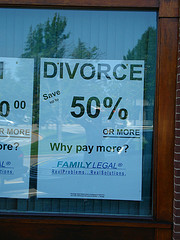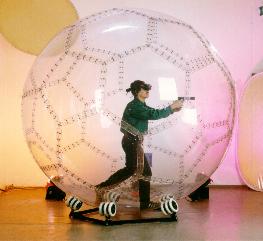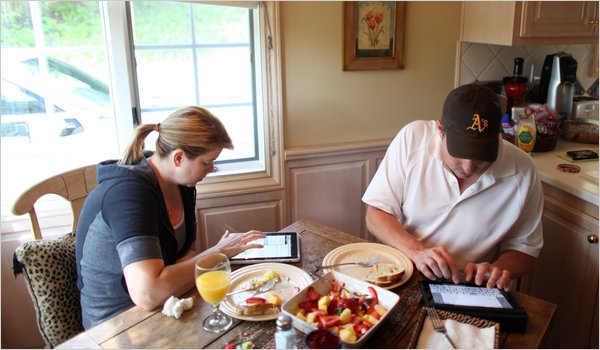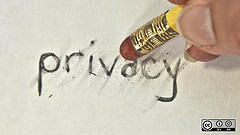A new website, London Lives, has been created by researchers at the University of Sheffield in the UK. 240,000 pages of manuscripts from between 1690 and 1800, from hospitals, courts, local governments and parishes have been digitized and made available online – that’s half the size of the world-wide web in 1996.
What’s new here though is that the documents have been cross-linked so that you can track individual people’s lives across the different institutions of 18th century London, building up a picture of London life in the period much as you might while browsing the web or reading people’s Twitter updates today.
It’s a refreshingly different way to examine the past, and reminds us the value of open data and what we get from having a cross-linked web of public data sources today.
Read more at Futurity.org or browse London Lives directly.






 @
@
 Tags:
Tags: 












 Like all images on the site, the topic icons are based on images used under Creative Commons or in the public domain. Originals can be found from the following links. Thanks to
Like all images on the site, the topic icons are based on images used under Creative Commons or in the public domain. Originals can be found from the following links. Thanks to